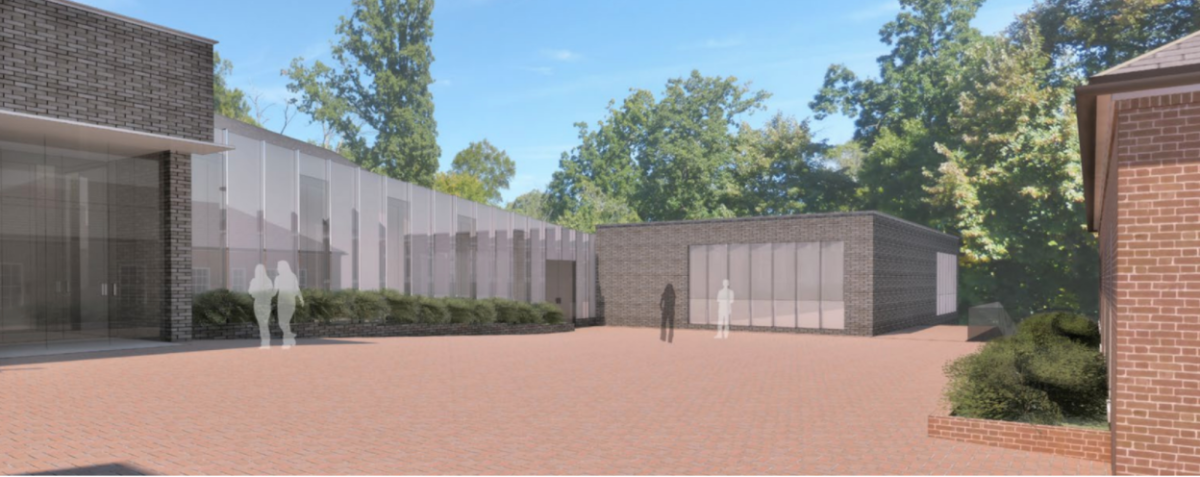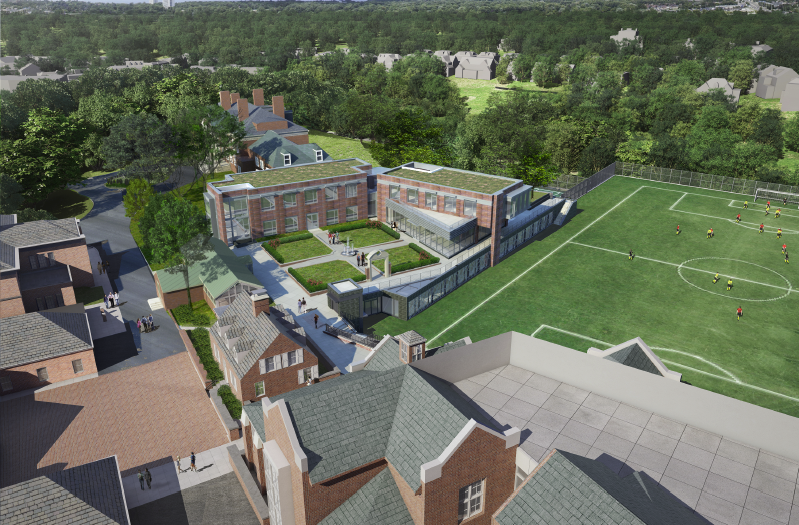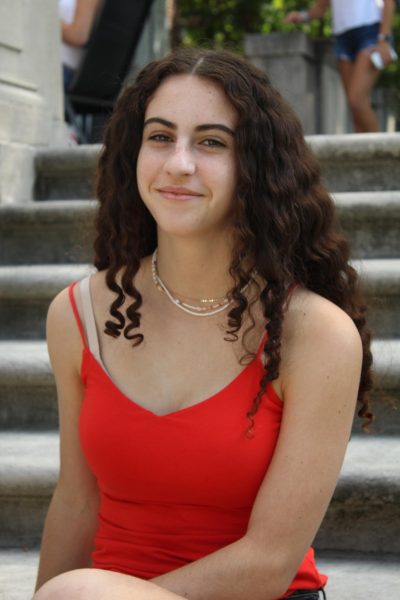Each day, upper school students rush to the cafeteria at exactly 11:30 a.m. They form a haphazard line consisting of large groups and gaps. As students continue to flow in, the line slows down since there are only two cashiers to serve the hundreds of students waiting to buy their lunch.
On Monday, Jan. 23, Head of School Suzanna Jemsby announced in an assembly that once the new science building is complete, lunch will be included in WIS students’ tuition. Excited chatter immediately filled the packed theater.
One reason for this change is that the CulinArt team, who are in charge of providing WIS’s food, struggle to predict how many people they will serve each day. “In order to be able to offer a really high quality program for lunch, I need to know exactly how many people I’ve got each day,” Jemsby said. “As it stands right now, the chef doesn’t know whether 200 people are coming by, 100 [people or] 400.”
Currently, CulinArt Head Chef Jeff Galvin has to reduce the amount of lunch choices available to students due to this uncertainty. But with the new rule, Galvin and his staff will cook for 1,000 people each day, which includes students and faculty from both campuses, according to Jemsby.
Another reason for this shift is that students noticeably spend a lot of time paying for lunch, whereas this proposal would remove that line entirely.
Additionally, students will be provided with real plates and cutlery, cutting down on the sizable amount of plastic that WIS students and faculty use each day.
Despite the many advantages of the new lunch system, some students are concerned that the science building’s construction will cause many disruptions to the Tregaron campus, especially considering the timeline, putting the construction to be finished at the earliest in August of 2025, according to Jemsby.
The building’s construction process has been a long one; the fight for the science building started around 2012 when Clayton Lewis was Head of School. Most of the delay has been due to resistance from the people living on Macomb Street, and WIS’s difficulty in securing approvals from the Historic Preservation Review Board (HPRB) and Board of Zoning Adjustment (BZA).
Many students are concerned about the soccer field and outdoor basketball court being inaccessible for the next two years, since much of the science building’s construction will take place in those two areas.
WIS soccer players will practice on the University of District of Columbia (UDC) field, as well as using the primary school soccer field. “The soccer season isn’t super long, so it’s frustrating but it’s not insurmountable,” Jemsby said.
Sophomore Joseph Dobler uses the field during lunch time almost every day and is upset about this decision.
“I really feel like the WIS community relies on the field. Everyone goes outside to play on the field and basketball court,” Dobler said. “And I’m not even going to experience the benefits of the overall project.”
Dobler’s sentiments are echoed by many students, especially sophomores and juniors, who will experience parts of the construction process but will have graduated by the time the building is complete.
Another aspect that is concerning students is the fact that senior parking is being temporarily taken away until the construction is complete.
“[The building] does need to be updated, however, I’m not going to lie, the construction is really a nuisance,” junior Emilia Kudela said.
Freshman Cate Taylor was frustrated to learn that the red tables above the field will also be removed for the next few years. “I feel like it’s another part of WIS that makes it so special,” she said. “You’re taking away a vital part of our school day, and a vital part of what makes us WIS.”
While the school is buzzing with the news, and with construction tape now on the left side of the Mansion, the question continually being asked is how high the toll of the construction process will be on the school community.
“It takes away a very vital part of our school pride. Soccer games, especially home games, are such a big thing that brings the community together,” Taylor said. “Taking that away from us is dividing the community.”
By Olivia Mandelbaum Raz



































































